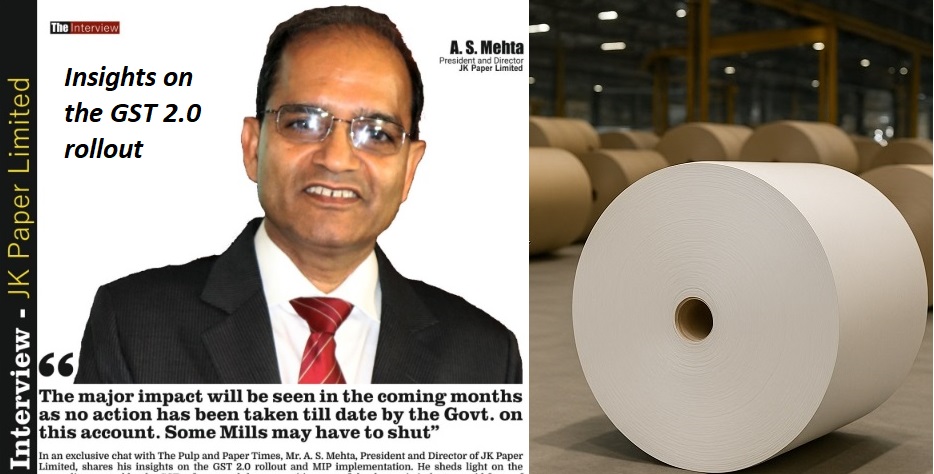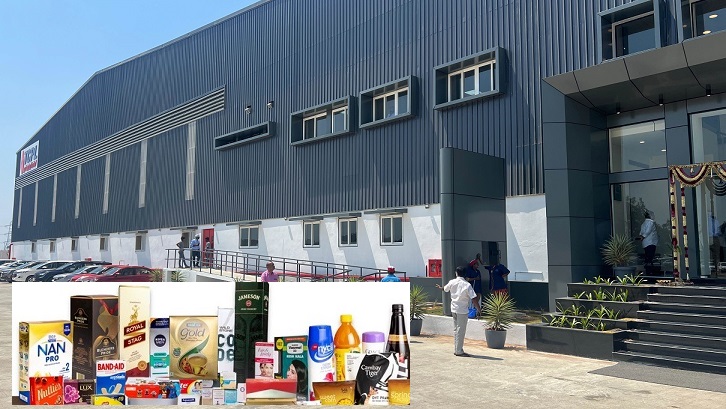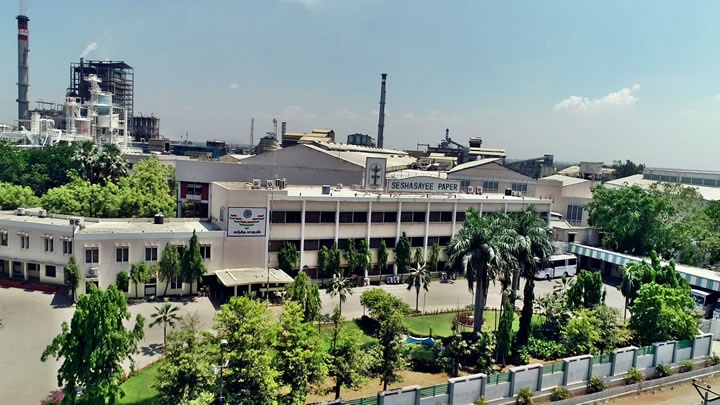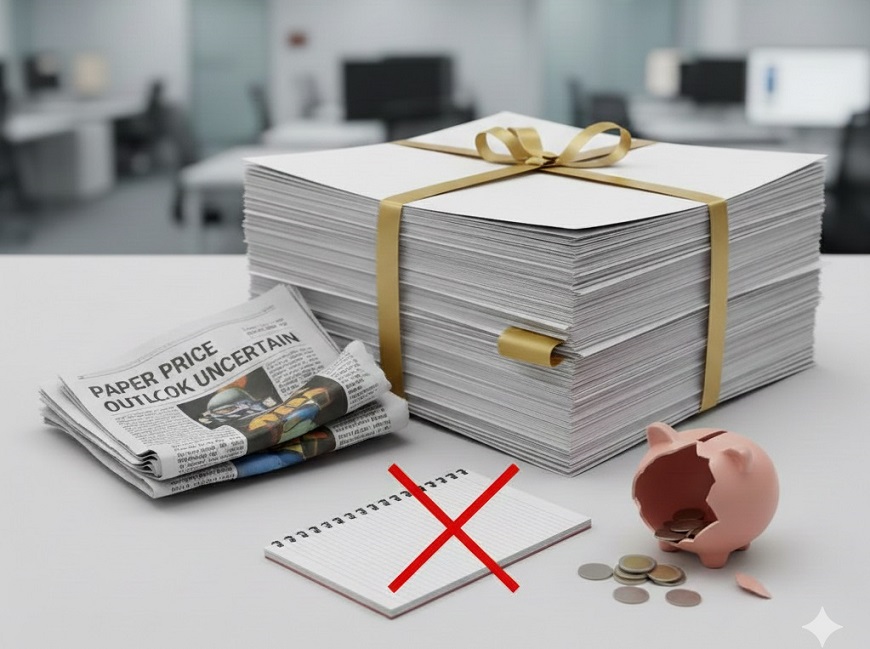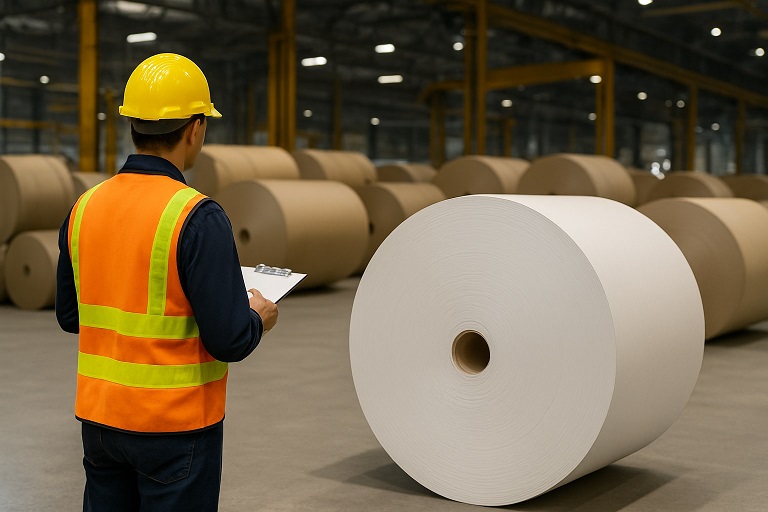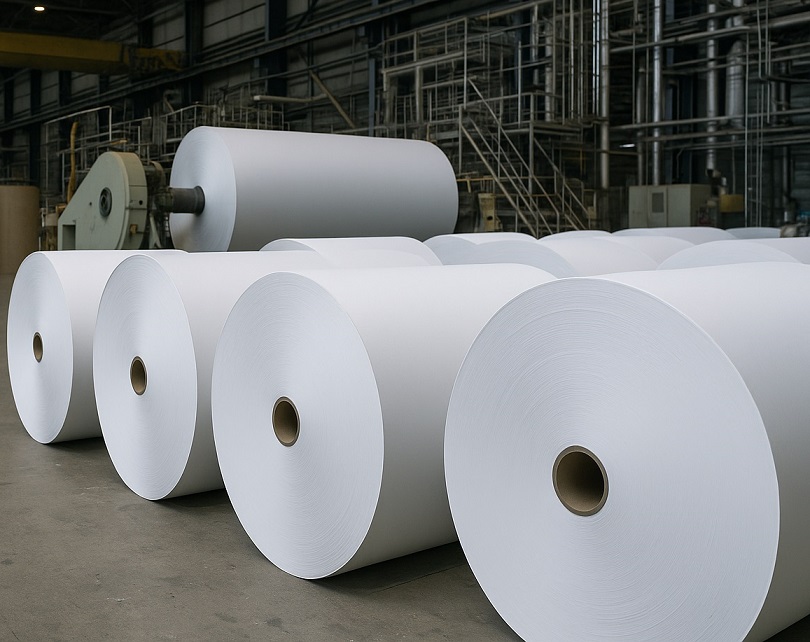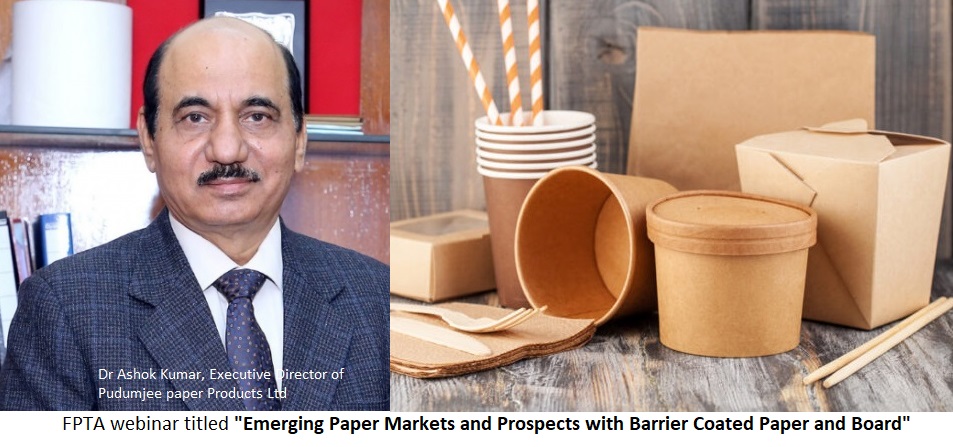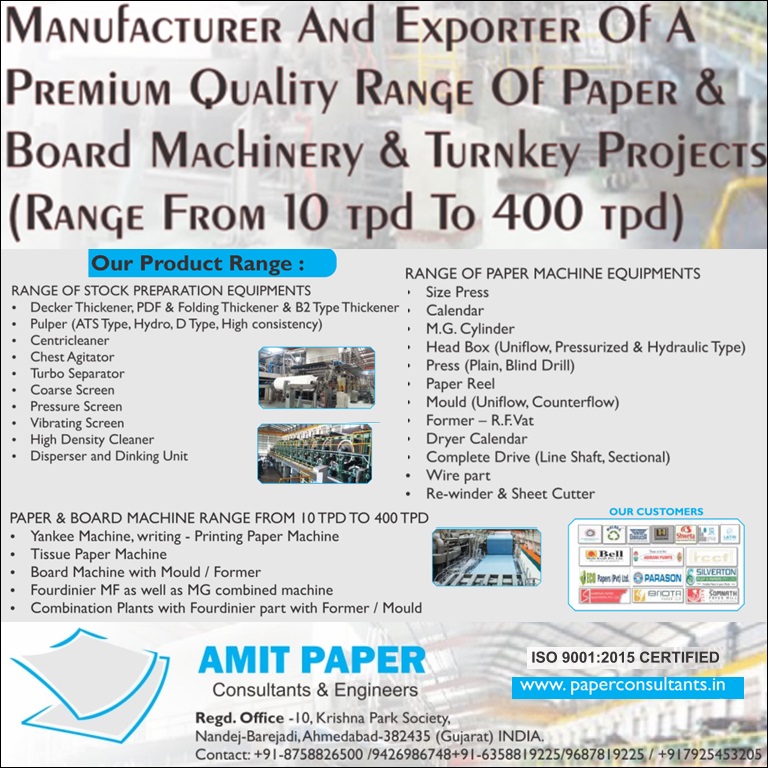Paper industry expects price escalation by mid-October amid rising pulp costs and uptick in demand for WPP
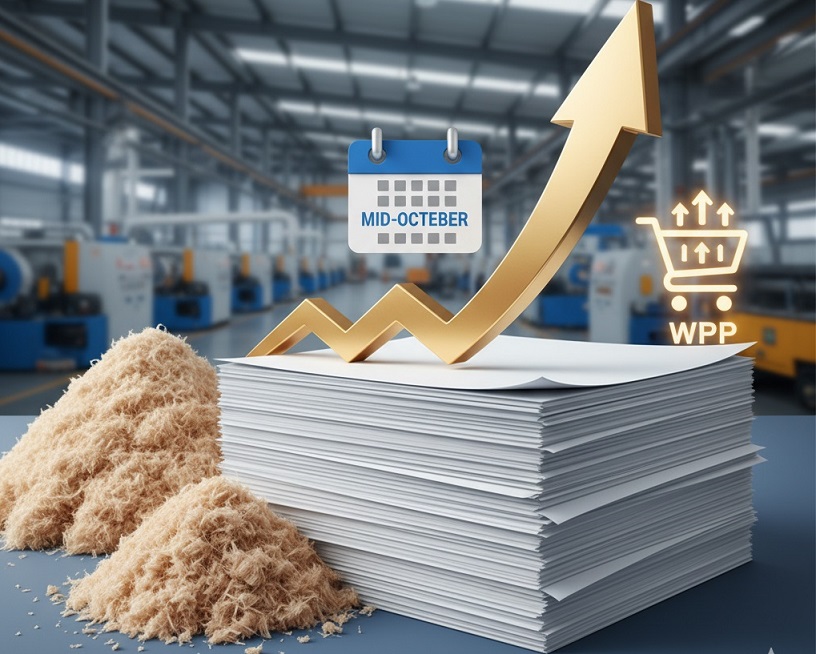
Paper industry expects price escalation by mid-October amid rising pulp costs and uptick in demand for WPP
- Pulp producers have implemented two consecutive increases in Sept & Oct (an increase of ~ 50 USD)
- further price increases in both Coated and Uncoated grades cannot be ruled out
The Pulp and Paper Times
In the coming fiscal year, the Indian paper industry is bracing for a steep upward shift in domestic paper prices, triggered by a confluence of tax and trade interventions that squeeze margins at every stage. Under GST 2.0, the rate on uncoated paper has been hiked from 12 % to 18 % (while raw pulp is taxed at 5 %), and a dual slab for HSN 4802 (nil for notebooks, 18 % for other uses) has made input tax credit (ITC) reversals inevitable—raising effective costs and working capital burdens. Meanwhile, the government’s imposition of a Minimum Import Price (MIP) on certain paperboard grades (effective through March 31, 2026) has reduced competitive import dumping, but also limits the supply arbitrage that domestic buyers relied on to moderate costs. On top of this, the Directorate General of Trade Remedies (DGTR) has recommended anti-dumping duty on virgin multi-layer paperboard imports from China and Chile (to be notified by the central government), which will further raise landed costs of imported paper and press more pressure on domestic supply.
Bilt Graphic Paper Products Limited (BGPPL) informed all channel partners and dealers in its circular dated October 4, 2025, Hardwood Pulp bottomed out in Jul/Aug 25, thereafter Pulp producers have implemented two consecutive increases in Sept & Oct (an increase of ~ 50 USD). In addition, cost pressures from INR depreciation, higher Wood costs, and increased supply chain expenses due to global uncertainties have significantly impacted operations.
“We are already noticing an uptick in the demand for Writing & Printing Papers (W&P) as prices have bottomed out, and expect further improvement as Publishers have started preparing for the next academic year. Further, the release of tender orders shall boost the demand for W&P grades,” BGPPL said.
On paper prices in Q1 FY25-26, Mr. Pavan Khaitan, VC and MD of Kuantum Papers said, “Q1 witnessed a marginal increase in prices compared to Q4. We were able to increase prices by about 0.7–0.8%. However, in July and August, prices declined 7–8% from the June quarter.
BGPPL informed it’s all channel partners, to maintain business viability and to partially offset the impact of rising input costs, we are revising our prices. In BPU, we shall apply P3 (+1000 Rs/MT) on all Uncoated varieties except Fine Print w.e.f. 13.10.2025. This increase is in addition to the Price increases already announced and is aligned with the prevailing global pricing trends. In BHU, we shall be withdrawing the Scheme of Rs 1500 PMT in C2S as announced earlier, and shall increase prices of C1S & C1S SP by Rs 1500 PMT w.e.f. 13.10.2025.
“Looking ahead, two factors will drive prices. First, the printing and publishing industry picks up post-Diwali, which this year falls earlier on October 20. We expect price escalation by mid-October. Second, government tenders have opened much earlier than in previous years. Once executed, these tenders will ease market pressure, balance demand-supply, and support stable, upward-trending prices.” Mr. Pavan Khaitan said during the conference call for Q1 FY25-26
“These revisions are being implemented in phased steps to minimise market disruption. Given the ongoing cost pressures, further price increases in both Coated and Uncoated grades cannot be ruled out,
“Please note that no old price benefits will be extended based on bookings, volumes, or prior arrangements. The applicable price will strictly depend on the billing date. Distributors may convert their pending orders to the new P3 pricing for billings effective from 13.10.2025.” BGPPL said in the circular on 4th October 2025.
“In the near term, pulp pricing should remain stable as global trade is balanced. However, the US government’s tariff stance may alter dynamics. If Brazilian exports to the US decline, capacities may be diverted globally, pushing prices lower. But such changes take time and depend on country-specific policies. In the long term, since no major new capacities are being added, supply and availability will remain tight. Prices may see an upward trend from Q3–Q4 onwards,” Mr. Khaitan said.
The Indian paper industry stands at a defining inflection point — balancing between protectionism and performance, policy stability and price volatility. While GST 2.0, MIP, and anti-dumping measures strengthen India’s self-reliance agenda, their short-term effects will test liquidity, supply, and resilience across the chain. The coming year will reveal whether this trio of policy interventions becomes a stabilizing reform or a costly adjustment phase for one of India’s most employment-intensive manufacturing sectors.
Web Title: Paper industry expects price escalation by mid-October amid rising pulp costs and uptick in demand for WPP





 Join WhatsApp Group
Join WhatsApp Group Join Telegram Channel
Join Telegram Channel Join YouTube Channel
Join YouTube Channel Join Job Channel (View | Submit Jobs)
Join Job Channel (View | Submit Jobs) Join Buy Sell Channel (Free to Submit)
Join Buy Sell Channel (Free to Submit) Paper News Headlines Channel (Free to read)
Paper News Headlines Channel (Free to read)




